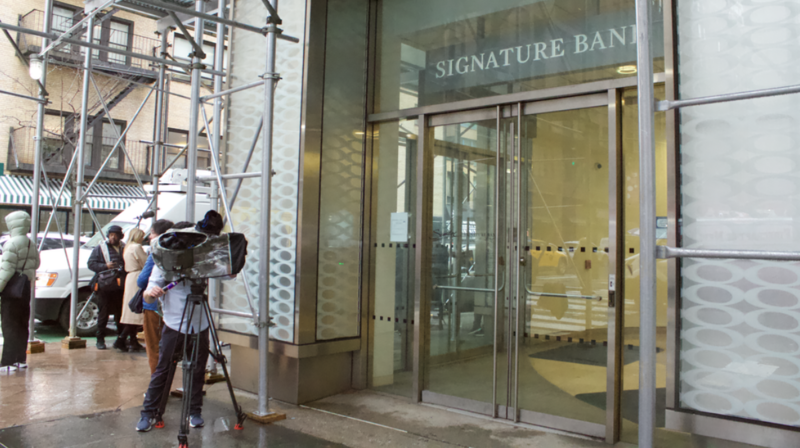Since the collapse of Silicon Valley Bank (SVB), it’s been tough sledding for US regional banks… and investors worry that First Republic could be the next to fall.
What happened: Faced with a deposit crunch not unlike SVB’s in March, the lender is struggling to find buyers for its assets to close the hole in its balance sheet. To keep the lights on, it’s counting on other banks stepping up for the greater good of the system.
- First Republic is basically trying to convince banks to buy its assets at a loss, to avoid the larger FDIC fees that would be imposed on them if it were to fail, as SVB did.
- The bank could also restore its deposit base through government intervention, but for now, regulators are holding back to give the private sector time to figure it all out.
Catch-up: The bank’s shares are down 96% this year. They briefly stabilized after 11 big American banks offered up US$30 billion to help bolster the bank’s deposit base, but kept on falling after the lender confirmed customers pulled over 40% of total deposits last quarter.
- Customers worry balances over US$250,000 (representing 68% of its deposits) would not be covered by deposit insurance if the bank fails, though all of SVB’s depositors were made whole.
While this is not likely to lead to a full-blown crisis that can take down large banking players, medium-sized US banks are at risk. One study found that if half of all uninsured depositors pulled their money, 190 banks would ultimately be left with more liabilities than assets.
Bottom line: Whatever happens to First Republic will ripple through the rest of the banking system. Per Axios, if the bank is allowed to fail “in a chaotic way, that could nudge depositors with uninsured funds at other regional banks to take their money and run.”—SB
